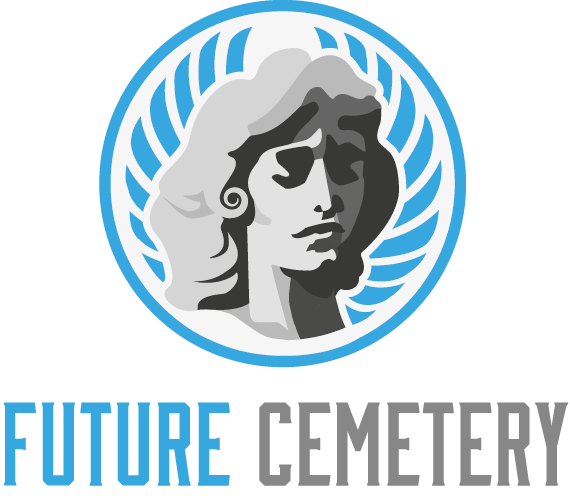Cemetery Design is the process of creating a plan based on sales trends, burial types, mausoleums, chapels and maintenance. A good design requires a lot of analysis and research to ensure the final project will work well for the cemetery.
Circulation is an important aspect of any architectural design and a must for cemeteries. A well thought out circulation plan will increase efficiency and enhance the visitor experience.
Space Planning
The layout of cemetery plots is a critical part of the overall design process. A well-thought-out plan helps ensure that the cemetery is efficient, meets the needs of families, and adheres to regulations.
It’s also important to consider the layout of landscape features, such as trees and ponds. These can affect how quickly the land can be mowed, drainage, maintenance and aesthetics. Choosing plantings that are low-maintenance and work with the site conditions, climate and natural systems is vital.
Lastly, it’s crucial to assess the current state of the cemetery and identify its future needs. This assessment can be done by a variety of professionals, including surveyors, civil engineers and environmental consultants. It is a great idea to include community members in the planning process so that their needs and desires are reflected.
Signage
In addition to a proper layout, cemetery design also requires proper signage. This is an important part of the overall project because it helps visitors find their way around and understand the rules of the cemetery. It can also help to create a more comfortable and welcoming environment for those visiting.
Cemeteries have evolved over time to reflect the changing attitudes and beliefs of society. From 19th-century garden cemeteries to green burials and memorial parks, each era represents the shifting philosophies that influence how people view death and remembrance. A shift towards personalization reflected in unique monuments and personalized art installations shows how cemeteries continue to adapt to modern societal trends.
Grading
A cemetery must balance several needs including operational cost, space usage, land layouts, and cultural considerations. Good architectural design allows the cemetery to respond to these demands, visually expressing the changing values of the community.
The turn of the century brought modernism to cemetery design, promoting functionality and simplicity. This trend has continued in recent decades with a move towards eco-consciousness that has resulted in green burials and memorial parks.
Burial areas should generally conform to the existing terrain. Final grades should range from two percent, the minimum for positive drainage and pedestrian access, to a maximum of 15 percent, but in all cases should achieve one predominant uniform slope within each Burial Section. This eliminates the appearance of a cemetery that has been built on steep slopes.
Drainage
The drainage of a cemetery is critical to ensure that the ground remains dry and provides positive access for visitors. The site’s topography should be carefully studied to determine areas that are amenable to development and to identify any areas that need special consideration for drainage.
Crypts are essentially a concrete box with drain holes in the bottom and vents in the top, all of which must be connected to the cemetery’s main drainage system. It is important to make sure that the system is well connected before laying pipe lines into the graves.
Both new and old cemeteries benefit from revisiting their master plans on a regular basis. Developing the right plan will allow them to respond to changing consumer buying trends, demographics and to provide options for new or infill development.
Vases
The use of vases on gravesites provides families with a place to display flower arrangements that honor their loved ones. Whether used to showcase spring blooms, summer wildflowers, fall arrangement or winter evergreens, the addition of flowers is a thoughtful and heartfelt tribute that shows ongoing care and a connection with the deceased.
In-ground cemetery vases offer a subtle integration into the gravesite, rather than protruding above the ground and disrupting the natural beauty of the landscape. These vases are often more secure than above-ground options to deter theft, while still providing a dedicated space for floral tributes.
Depending on the type, cemetery vases can be mounted in-ground or attached to a headstone or monument. In-ground vases utilize a metal sleeve and support system to stay upright in the soil, while attached vases often use a high-bonding tape.
